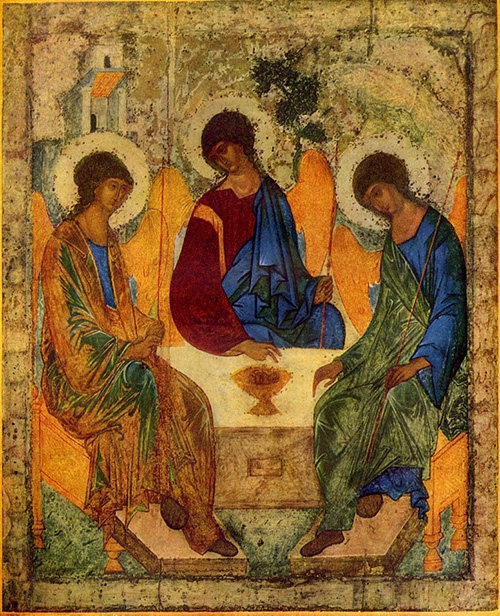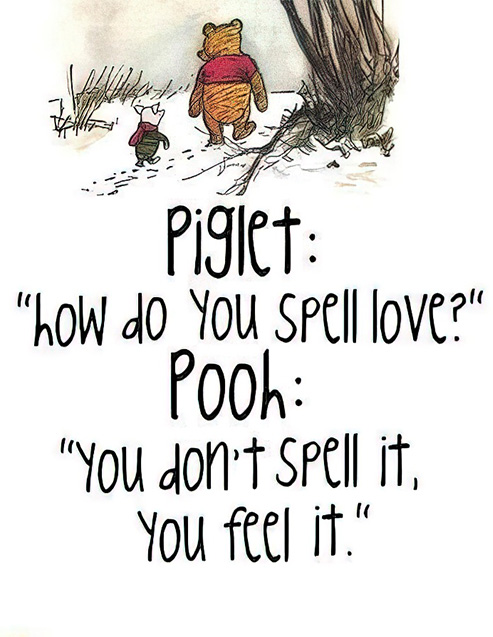Sister Act is a 1992 American comedy film. It stars Whoopi Goldberg as Deloris, a Lounge singer forced to join a convent after being placed in a witness protection programme.
She is brought to Saint Katherine’s Convent in Saint Katherine’s Parish, in a run-down neighbourhood in San Francisco. Deloris initially objects, then relents.
The head nun of St. Katherine’s,” Reverend Mother” “, also objects to taking Deloris in but Monsignor O’Hara, the local parish priest, convinces her to go along with it as the police will pay the failing convent a good sum of money to do so.
Disguised as “Sister Mary Clarence”, Deloris initially has difficulty dealing with the rigid and simple convent life but befriends the other nuns, (Sister Mary Patrick, the elderly Sister Mary Lazarus, and the novice Sister Mary Robert).
One night, after a poorly attended Sunday Mass, with a lacklustre performance from the convent choir, led by Mary Lazarus, Deloris sneaks out to a bar, followed by Mary Patrick and Mary Robert.
They are caught by the Reverend Mother, who orders Deloris join the struggling choir. With her singing experience, Deloris is elected their director and transforms the choir.
One of the songs sung by the choir to a full Church including dignitaries is a song with the title, “I will follow Him”.
One of the verses in the song reads:
“We will follow him
Follow him where ever he may go
There isn’t an ocean too deep
A mountain so high it can keep
Keep us away, away from his love.”
This Sunday’s Gospel (Lk. 9: 51 – 62) has the same announcement, “Someone said to him, ‘I will follow you wherever you go.’”


